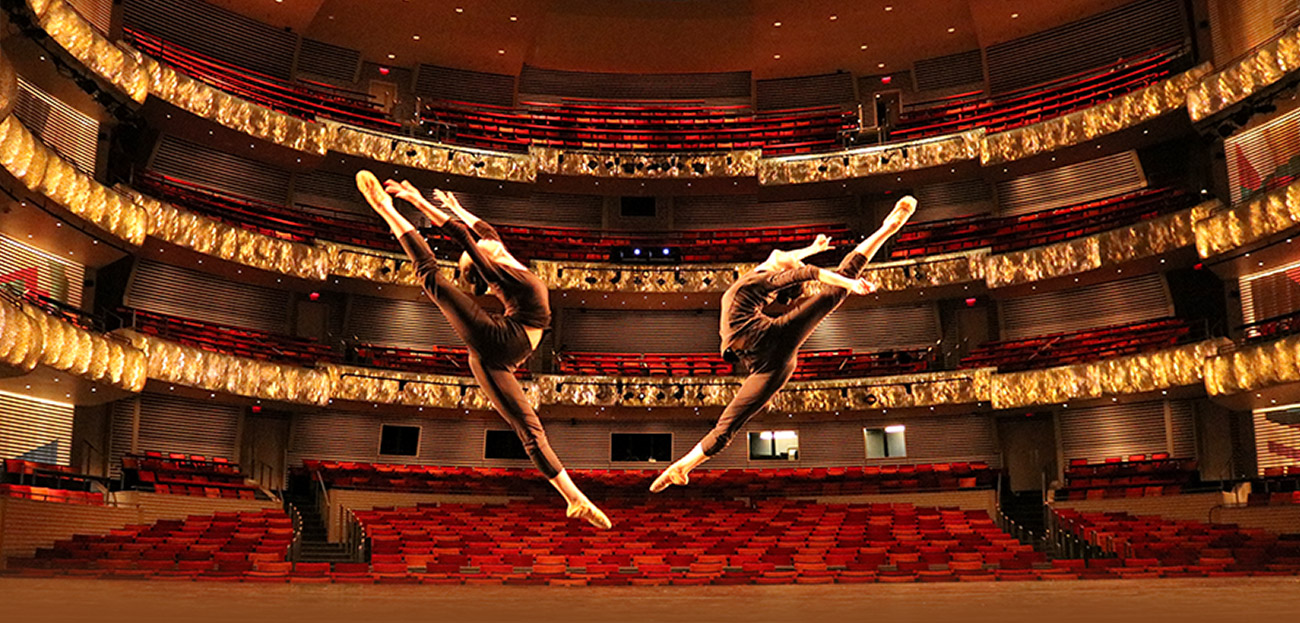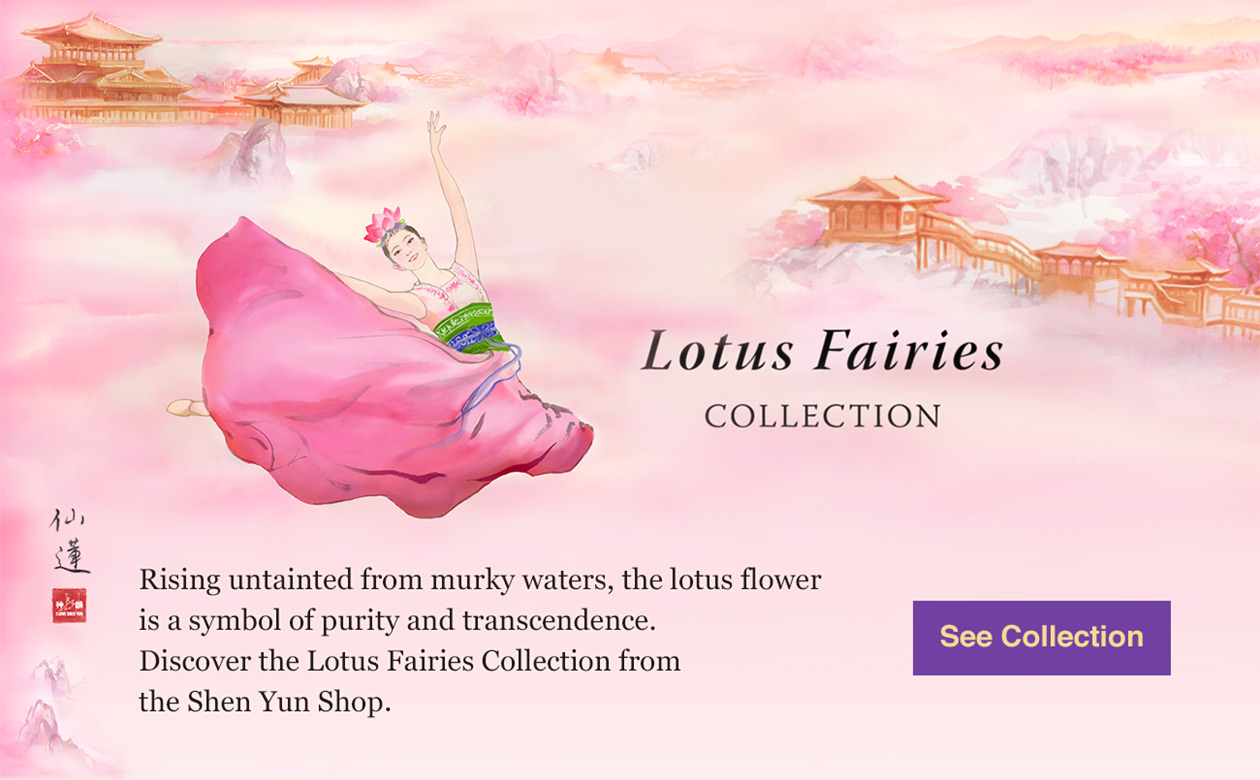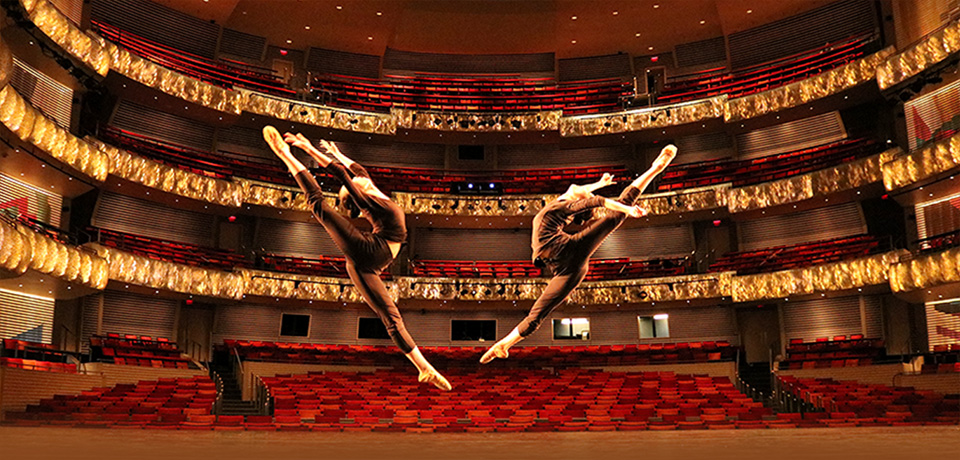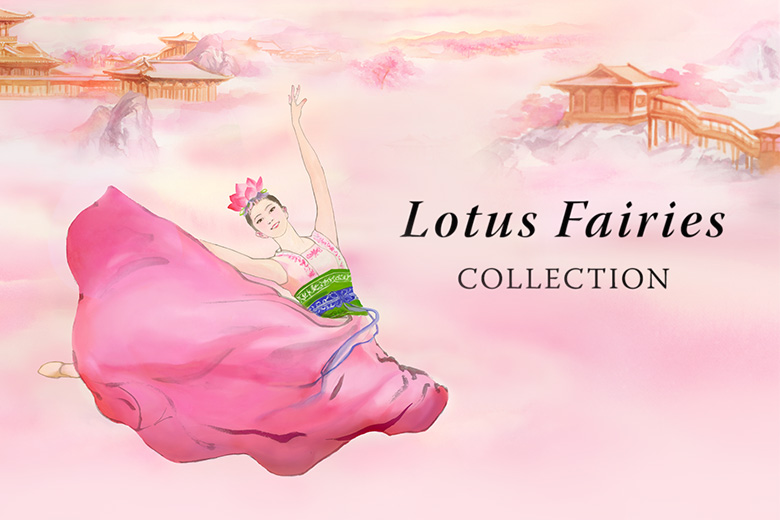| |
|
|
|
|
| |
|
|
| |

|

|
| |

|

|
| |
| Photos from Tour
|
| |
| The newest from behind our performers’ lenses
as they tour the globe.
|
| |
|
|
| |
|
|
| |

|
| |
| Rising untainted from murky waters, the lotus flower is a symbol of purity and transcendence. Discover the Lotus Fairies Collection from the Shen Yun Shop.
|
| |
|
|
| |
|
|
| |
 |
| |
| Did You Know? |
| |
 |
|
| |
Classical Chinese dance and martial arts
share the same roots |
|
|
|
|
| |
| |
| Several thousand years ago, classical Chinese dance and Chinese martial came to be—yet they were like brothers who each headed his own way on a diverging path. Martial arts (武, wŭ) remained the brawny, stalwart sibling, while classical Chinese dance (舞, also wŭ) became the graceful, genteel one. |
| |
| Since martial arts are mainly meant for combat and self-defense, most movements are short, fast, and explosive in order to achieve victory or guarantee survival. In contrast, classical Chinese dance, meant for performance and to be aesthetically pleasing, integrates physical movement with inner bearing, and is characterized by long, fluid movements. The language of classical Chinese dance is rich and expressive and can accurately depict a wide range of emotions. |
| |
|
|
| |
|
|
|
|
| |
|
|
|
|
 |
|
| |
| Coming Up: |
| |
|
| |
Next month, we’ll share more news from tour and explore another
story performed in Shen Yun 2019. |
|
|
|
|
|
| |


